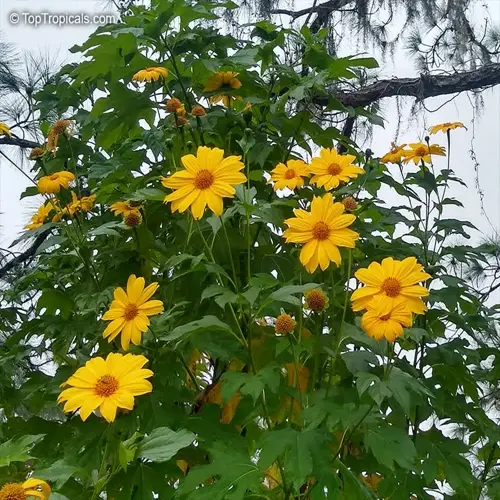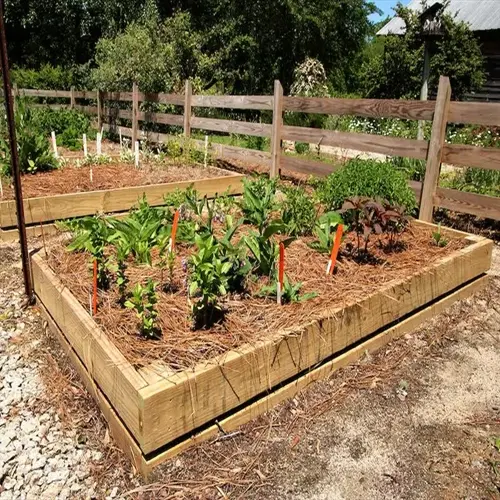How do I protect newly planted seeds from birds?

Written by
Michael Sullivan
Reviewed by
Prof. Samuel Fitzgerald, Ph.D.Preventing newly sown seeds from getting eaten by birds requires some clever tactics. I figured this out when sparrows ate all of my seeding in a single afternoon. Birds will primarily eat seeds that have just been scattered, especially when they are first available, during the first two weeks of vulnerability. The goal of successful protection is to strike a balance between deterring birds and protecting seedlings, and avoiding causing harm to local wildlife.
Physical Barriers
- Install bird netting 12 inches above soil
- Use floating row covers secured with ground staples
- Place chicken wire tunnels over seed rows
- Remove after 14 days when seeds germinate
Visual Scare Tactics
- Hang reflective tape in crisscross patterns
- Position fake owls moved daily
- Install spinning pinwheels near planting areas
- Use old CDs on strings creating flashes
Alternative Feeding
- Set up separate feeder with millet
- Place decoy seeds away from main plot
- Offer water sources to distract birds
- Use inexpensive birdseed mixtures
Utilize straw mulch only on slopes. I used a thin half-inch blanket, leaving spaces for seedlings. Avoid thick mulch that suffocates light. Apply sand instead of straw for clay soils. Anchoring straw allows for no washout and keeps the seed out of the birds' eyes.
When it comes to foraging birds, timing is everything. Birds seem to forage the most in the early morning. By dusk, when they have returned to their roosting sites, I water seeds. After sowing, netting should be applied as soon as possible. Check daily for birds caught in the netting. As sprouts start to appear, begin removing the protective coverings gradually so that the plants are not shocked.
Eventually, native plants create natural balance. Instead of seeds, birds transitioned to eating insects as my meadow matured. Sparrows now patrol for caterpillars defending blooms. Maintaining ecosystem protection as temporary yet essential during establishment is a concern.
Read the full article: When to Plant Wildflowers: Ultimate Guide

